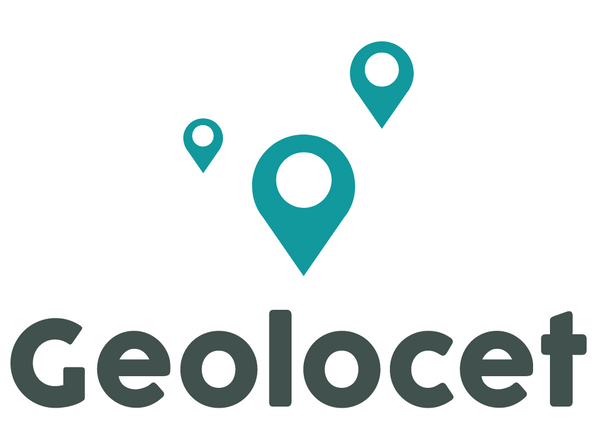In the hustle and bustle of everyday life, we often find ourselves caught up in the whirlwind of the present, rarely pausing to ponder the future. Yet, as Niels Bohr, the renowned physicist, once remarked, "Prediction is very difficult, especially if it's about the future." Despite the inherent challenges, there's immense value in gazing ahead, especially when it comes to understanding the trajectory of global population growth.
Picture this: over the past couple of decades, experts have been tweaking their forecasts about where humanity's population is headed. While the specifics might vary, the overarching theme points towards significant changes in the next fifty years or so. But here's the thing – while predicting exact numbers may be akin to reading tea leaves, having a rough sketch map of where things might be headed is incredibly helpful.
This sketch map isn't just a whimsical exercise in fortune-telling; it's a practical tool that businesses, governments, and organizations can use to plan for the future. Think about it – knowing which regions are likely to see a surge in population growth can help retailers decide where to set up shop, manufacturers plan their production lines, and logistics companies optimize their delivery routes.
But here's the kicker: to draw an accurate sketch map of the future, you've got to start with a solid understanding of the present. That means diving deep into the demographics of today – who's living where, what they need, and how they're likely to change over time.
Once you've got a handle on that, it's time to layer in another crucial piece of the puzzle – the location of facilities. Whether it's retail outlets, leisure outlets, or community facilities, knowing where these are and how they align with population centres can be a game-changer.
Let's break it down with a real-world example: imagine you're a retail giant looking to expand into new markets. By analysing demographic trends, you might identify a burgeoning urban centre where the population is projected to explode in the next decade. Pair that with data on nearby transportation networks and store locations, and you've got yourself a prime location for a new distribution hub.
But here's the thing – Geodemographics alone won't tell you the whole story. You've also got to factor in things like consumer preferences, cultural nuances, and economic trends. It's a complex web of interrelated factors, but by weaving them together, you can paint a clearer picture of what the future might hold.
So, as you navigate the ever-changing landscape of tomorrow, remember the words of Niels Bohr. While predicting the future may be tricky, arming yourself with knowledge and foresight can help you steer your business towards success, no matter what twists and turns lie ahead.
Geolocet offer a comprehensive set of European demographic, Retail Locations and POI interest data to aid your future planning

